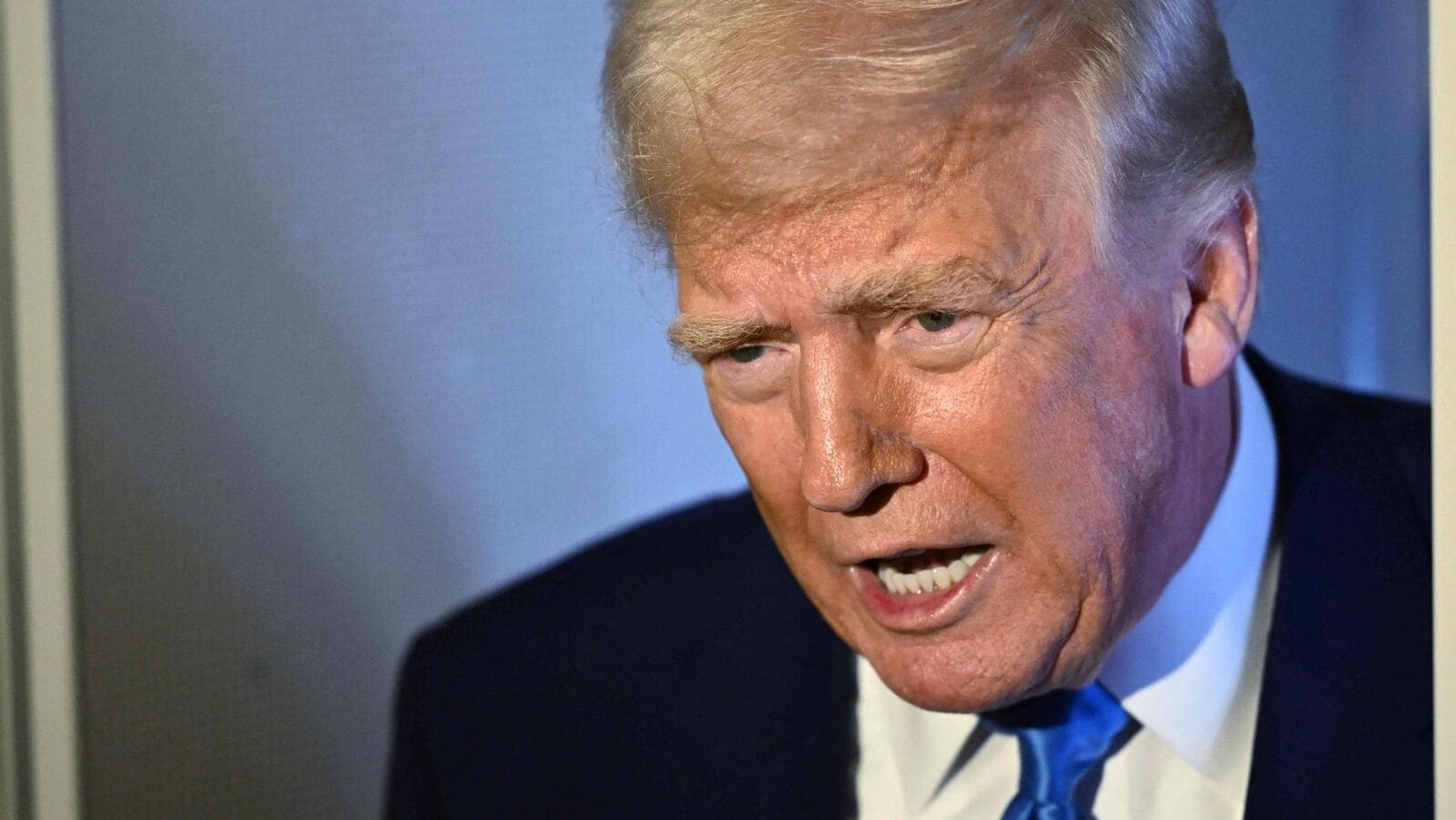In a bold move, former President Donald Trump has come out in support of his tariff strategy, emphasizing the significant trade deficits the United States faces with nations like China and the European Union. He argues that imposing tariffs is essential to rectify these economic discrepancies. Trump’s remarks come on the heels of his criticism of the trade surplus that emerged during Joe Biden’s presidency, vowing swift action to reverse the trend.
Trump’s Views on Tariffs
On his platform, Truth Social, Trump stated, “Our financial deficits with countries such as China and the European Union are staggering. The only solution to this issue is through tariffs, which are currently generating billions for the U.S. economy. It’s a remarkable sight to witness.” He further remarked, “The trade surplus with these countries has expanded under ‘sleepy Joe Biden.’ We will address this issue quickly, and one day, everyone will see that tariffs are indeed beneficial for the United States!”
Addressing Trade Deficits with China
Earlier today, Trump reiterated his stance to the press, declaring that he would refrain from striking any deals until the trade deficit, particularly with China, is resolved. “It’s imperative that we tackle our trade deficit,” he stated, emphasizing his commitment to negotiations that prioritize reducing the U.S. trade deficit in goods with China. “I insist that we find a solution,” he concluded.
Collaboration with Global Leaders
Trump also mentioned that he is in contact with leaders from Europe and Asia regarding the tariffs initiated during his administration. This communication is part of his broader strategy to ensure that the U.S. is not at a disadvantage in global trade.
Overview of Tariff Policies
On April 2, Trump announced an extensive tariff plan affecting multiple countries worldwide. This initiative, introduced shortly after the commencement of his second term in February, is built on principles of fairness and reciprocity. The U.S. plans to align its tariffs with the rates imposed by other nations on American goods.
Here’s a breakdown of the proposed import tariffs on key countries:
- China: 34%
- European Union: 20%
- Vietnam: 46%
- Taiwan: 32%
- Japan: 24%
- India: 26%
- United Kingdom: 10%
- Bangladesh: 37%
- Pakistan: 29%
- Sri Lanka: 44%
- Israel: 17%
Effective from April 9, countries with the largest trade deficits with the U.S. will face increased, tailored tariffs. Among those affected is India, which will see a 26% tariff on all its exports to the United States.
Trump’s aggressive tariff strategy illustrates his commitment to reshaping trade dynamics, aiming to bolster the U.S. economy while addressing long-standing trade imbalances. As the situation unfolds, the implications of these policies on global trade relationships remain to be seen.











